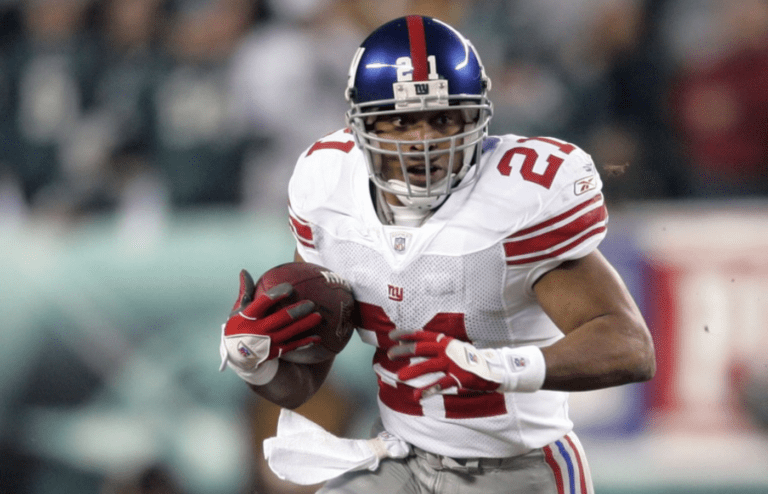The one-and-done rule in college basketball, allowing players to leave for the NBA after just one year, has sparked ongoing debate about its impact on the sport.
This article delves into the various ways this rule has affected college basketball programs, players, and fans, examining the challenges and implications of this controversial policy. From disrupting team chemistry to raising academic integrity concerns, the rule’s impact is far-reaching and complex.
10. Disruption of Program Continuity and Long-Term Planning
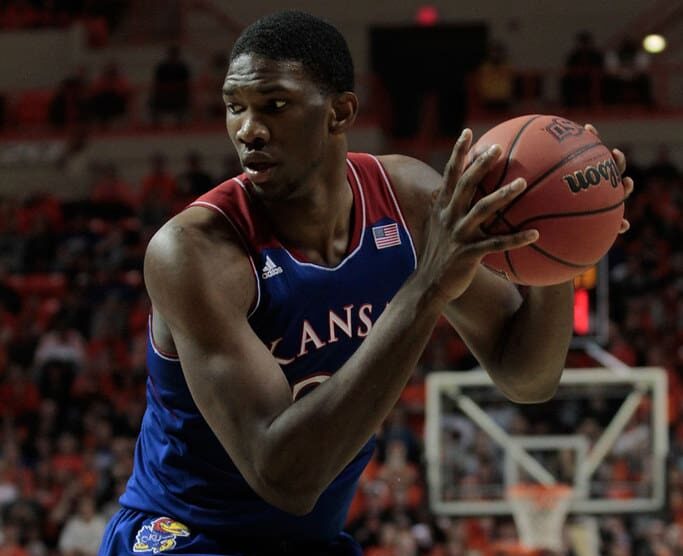
The one-and-done rule disrupts program continuity, making long-term planning challenging for coaches. With top players leaving after just one season, teams struggle to build cohesive units and establish consistent playing styles. This constant roster turnover can hinder a program’s ability to develop sustained success and team chemistry.
9. Increased Risk of NCAA Violations and Scandals

There is now intensified pressure to recruit top talent, leading to more NCAA violations and scandals. In 2017, an FBI investigation uncovered widespread corruption in college basketball recruiting, involving coaches, agents, and apparel companies paying players. This has tarnished the sport’s reputation and highlighted the need for reform.
8. Erosion of College Basketball’s Unique Identity
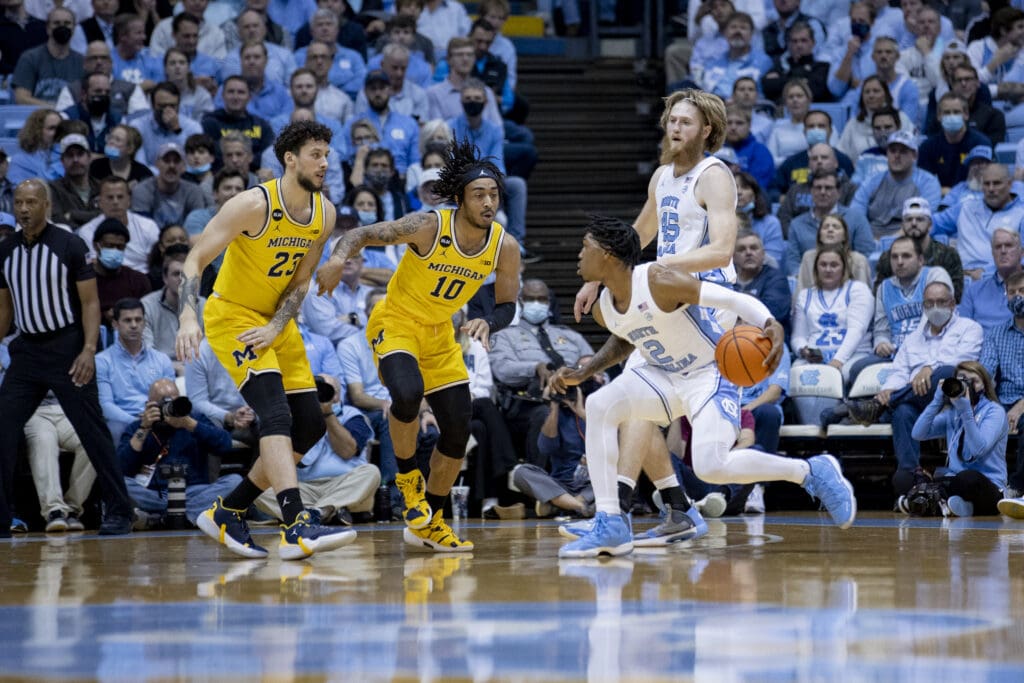
This era has stripped college basketball of its distinctive character. Teams lack cohesion and long-term identity, with top players cycling through quickly. The absence of multi-year stars and heated rivalries has diminished the sport’s appeal, leading to waning interest and a loss of the passionate fandom that once defined college hoops.
7. Exploitation of Young Athletes
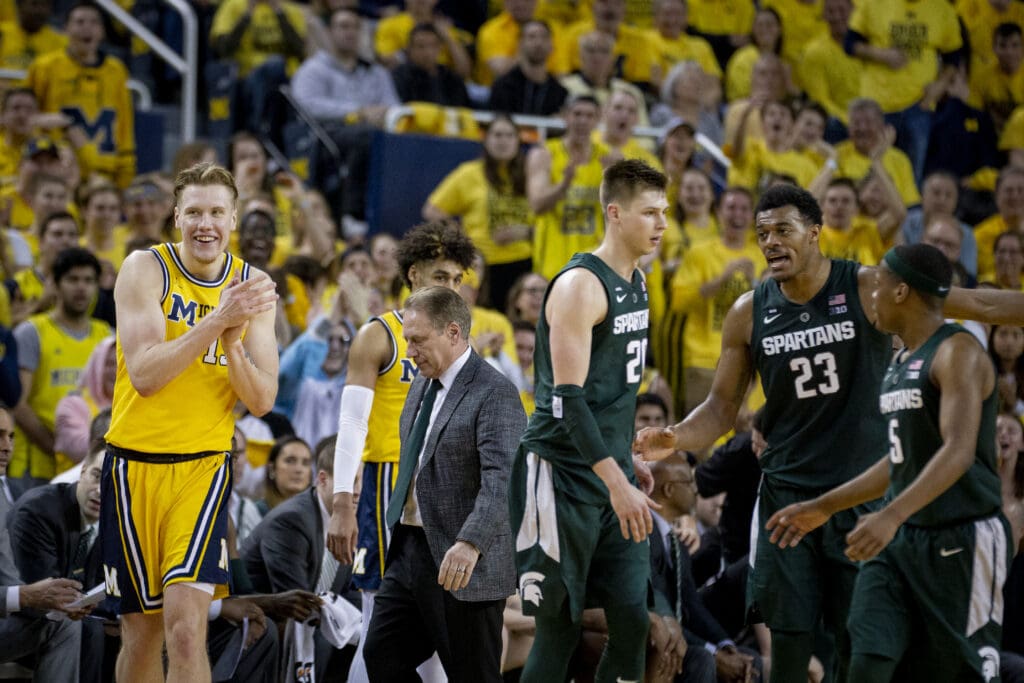
The one-and-done rule allows universities to profit from talented players for a year without fair compensation. Athletes risk injury and academic setbacks while universities and the NCAA reap financial rewards. This system prioritizes short-term gains over long-term player development and education, raising ethical concerns about the exploitation of young athletes.
6. Negative Impact on Mid-Major Programs
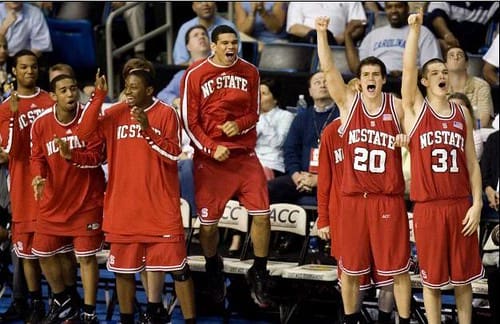
Unfortunately, this rule disproportionately affects mid-major programs, widening the talent gap between them and powerhouse schools. Top recruits rarely consider mid-majors, knowing they’ll have limited exposure during their brief college stint. This concentration of talent in a few programs reduces competitiveness and excitement across the sport.
5. Diminished Fan Connection with Players
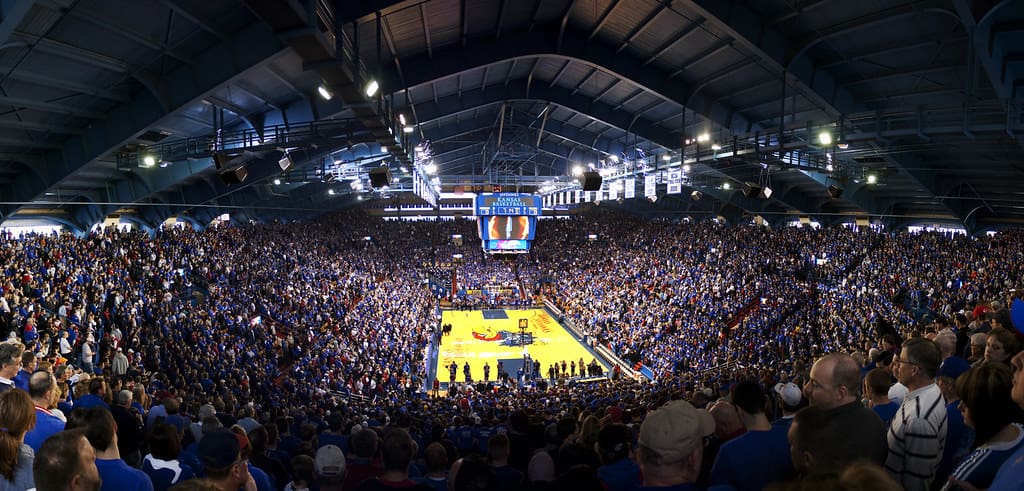
It is now a lot more difficult for fans to form lasting connections with players, as top talents depart after just one season. This rapid turnover hinders the development of team loyalty and reduces the emotional investment that drives college basketball’s popularity. The constant roster churn can leave fans feeling disconnected from their favorite programs.
4. Increased Pressure on Coaches to Recruit Constantly

There’s no question the recruiting pressures on coaches have intensified. With top players leaving after just one season, coaches must constantly seek new talent to fill roster gaps. This perpetual recruitment cycle leads to burnout and stress, as coaches struggle to balance team development with the never-ending search for the next star player.
Read More: Ranking the 18 Best College Basketball Arenas
3. Academic Integrity Concerns

The one-and-done rule has raised serious questions about academic integrity in college basketball. Many top players view their single year in college as a mere formality, focusing solely on basketball while neglecting their studies. This undermines the educational mission of universities and perpetuates the notion that athletes are not true students.
Read More: Top 10 Winningest College Basketball Teams Of All Time
2. Lack of Team Chemistry and Development
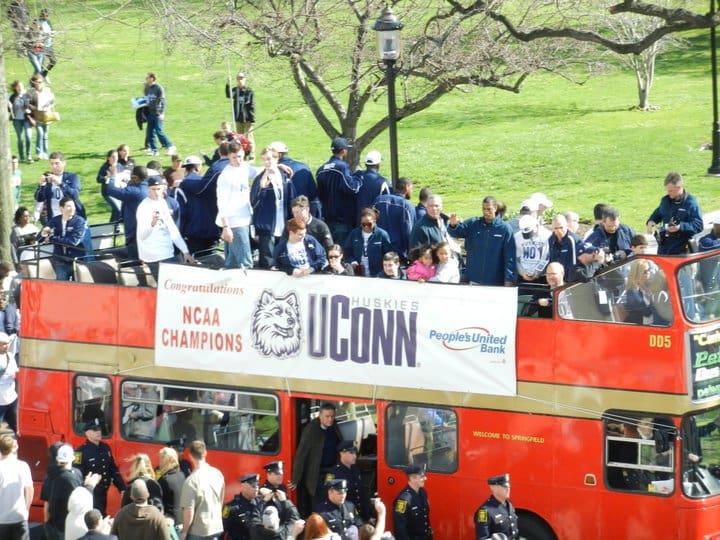
Team cohesion and long-term player development is greatly affected. With top talents leaving after just one season, teams struggle to build chemistry and implement complex systems. This constant roster turnover hinders coaches’ ability to develop players over multiple years, potentially stunting their growth and the overall quality of play in college basketball.
Read More: Top 10 NCAA Basketball Teams to Start the Season
1. Talent Drain: Top Players Leave Too Soon
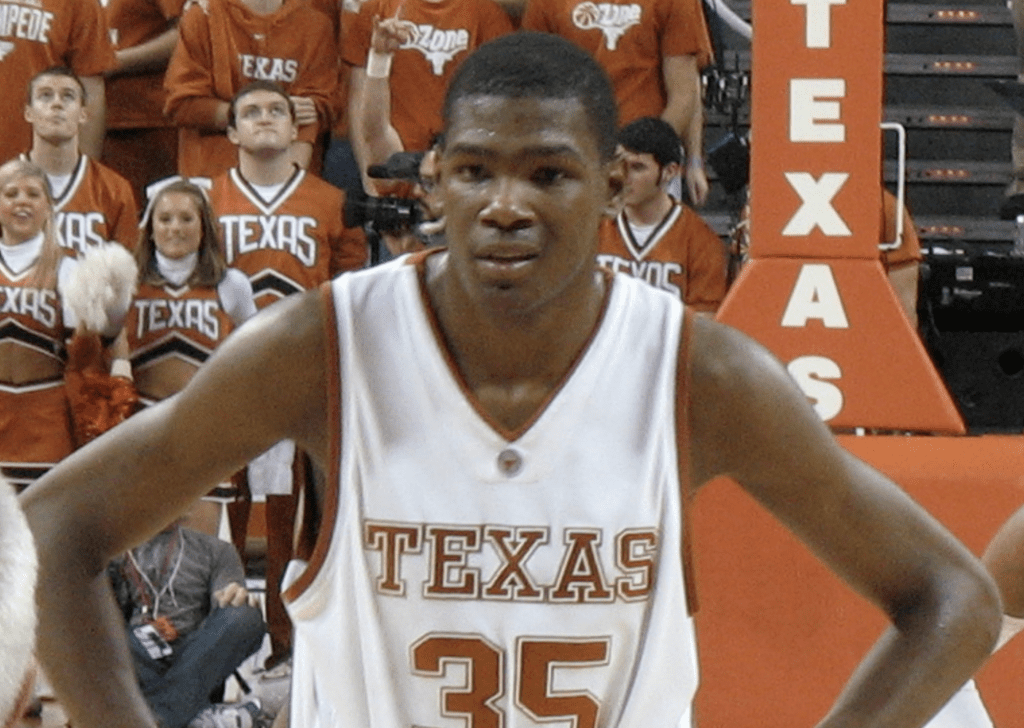
The one-and-done rule has led to a significant talent drain in college basketball. Elite players often leave after just one season, depriving teams and fans of seeing their full development. This rapid turnover makes it difficult for programs to build cohesive teams and for fans to form lasting connections with star players.
Watch Now: Big plays. Fast takes. Check out TQR Shorts for the latest sports news with Zoe!







